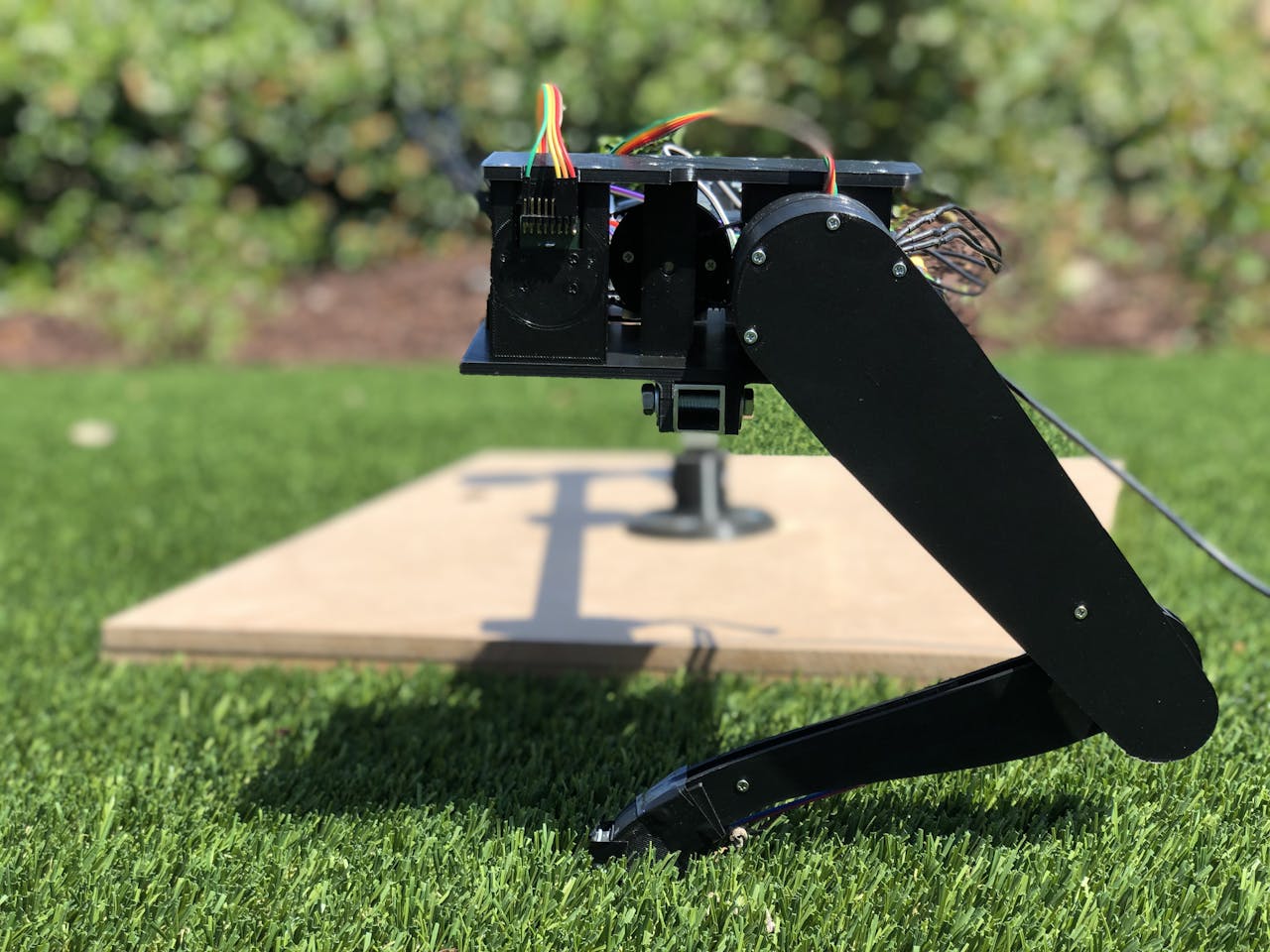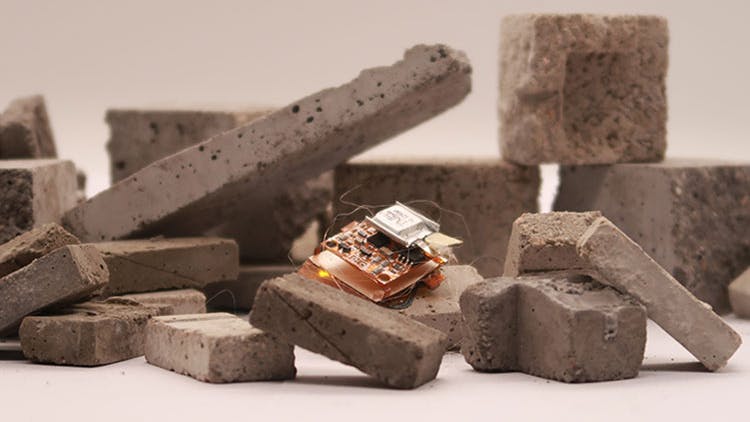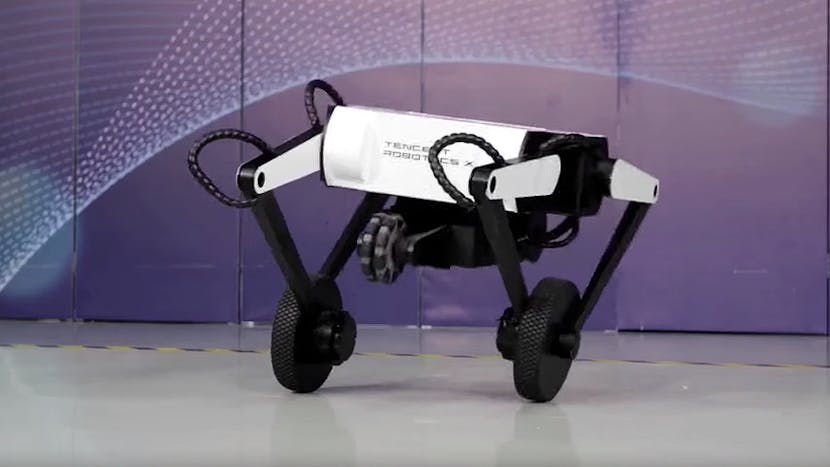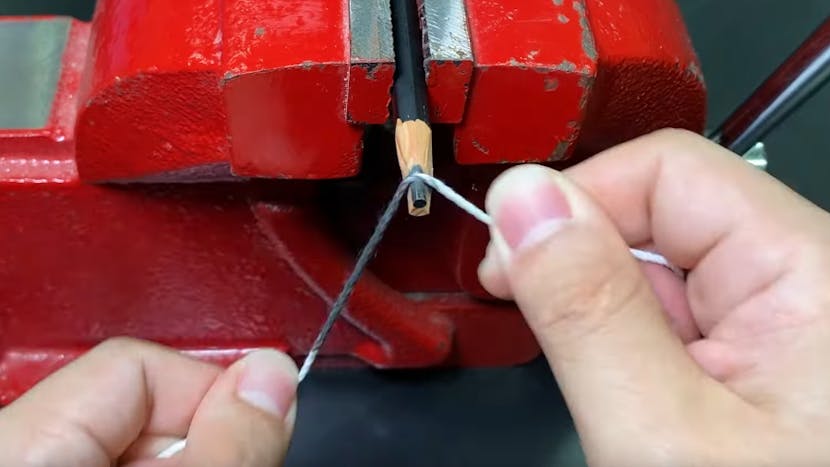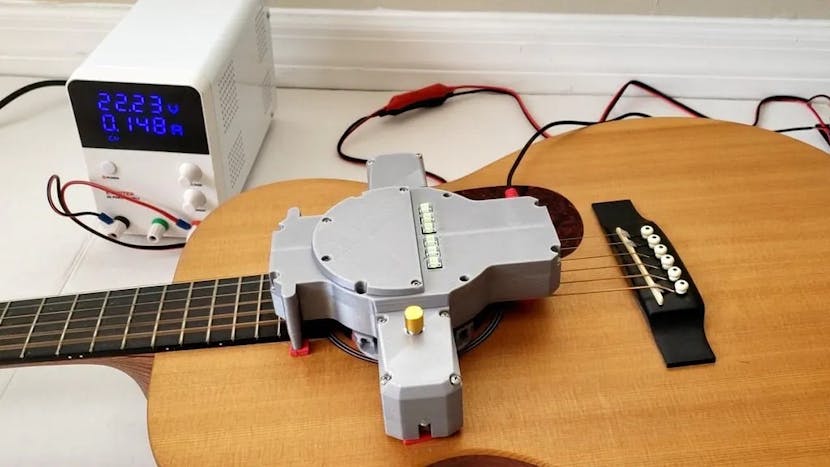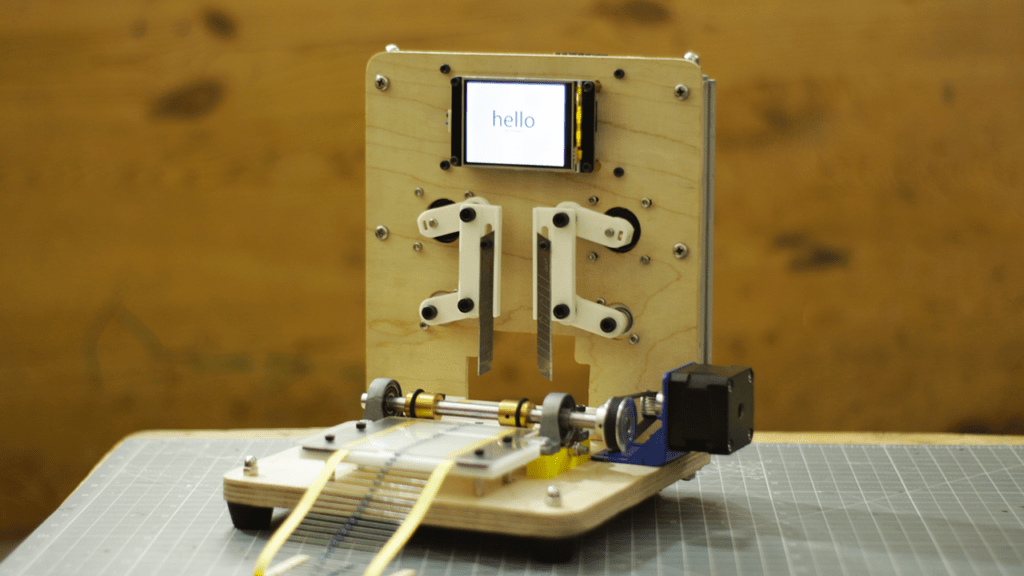Although it might look a bit weird on its own, the Overleap robotic leg is capable of some incredible things.
Aaron de los Santos has created an extremely weird backyard decoration: a single robotic leg that hops around in a circle. But do not let this simple premise fool you, as the device called Overleap has some serious engineering put into it. The leg is able to make quick jumps in rapid succession while remaining very accurate. It can also make small adjustments whilst it hops that causes it to almost run in a circular pattern.
